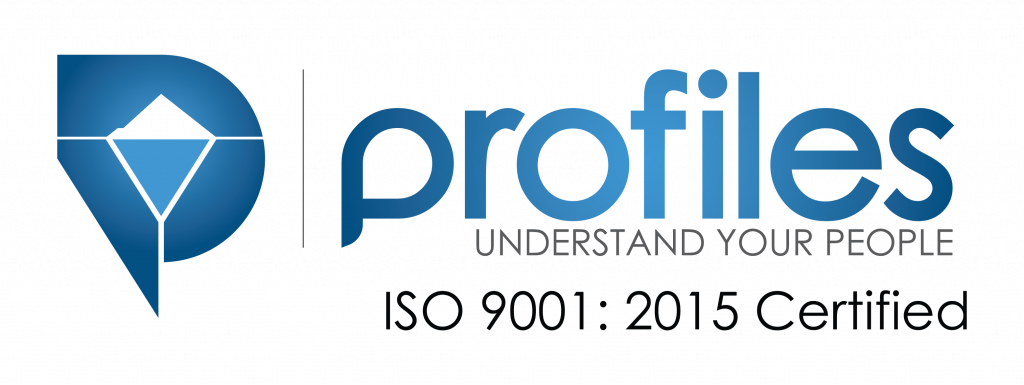3 Steps to Improving Your Business Success
Businesses are constantly evolving to adapt to industry trends and consumer needs. Continuous improvement is a necessity to stay current with clients and remain the brand of choice for your target audience. Thanks to modern technology and innovative solutions, improving your business is possible with a dedicated investment and a few crucial steps. Strategize Have a clear strategy that you revisit periodically Every company needs to have a clear direction in order to grow and [...]
Leading the Next Generation
Things are rapidly changing in the way leaders manage their talent. The leadership style needed to guide the new generations filling our workforce is vastly different from the top-down model so many of us are used to. According to Dan Schwabel in an interview, millennials leave their jobs in two years, whereas Boomers leave in about seven years and Gen X leaves in five years. They value purpose more than a salary, and are willing [...]
Develop Your Workforce in 2015
2015 is going to be a big year for the Philippines. By the end of the year, we and all our ASEAN neighbors will be able to trade goods and services freely, which means increased competition, higher standards, and a freer flow of employees. In order to keep your workforce cohesive and up to the rapidly rising ASEAN standard, employers must develop their top talent and nurture their employees' professional development. Everything starts with a [...]
The Importance of Diversity in the Workplace
Strength lies in differences, not in similarities. – Stephen Covey A wide range of skills is important in every business. Each company needs different departments that specialize in different fields. Much like skills, a variety of cultures also adds a desired dimension to businesses. This office diversity is vital to a business' innovation and creativity, and it is something that human resources is both a curator and gatekeeper for. Why is Diversity Important? A diverse [...]
Talent Management Challenges for Small Companies
Start-ups may experience a number of growing pains as they begin their ambitious ventures, and eventually develop into successful businesses. Below are some of the common mistakes to look out for if you are starting, or current running a small company. Hiring Right the First Time Making sure you hire the right person in the first place will save your company money, and, more importantly, time. If someone is placed in an ill-fitting [...]
